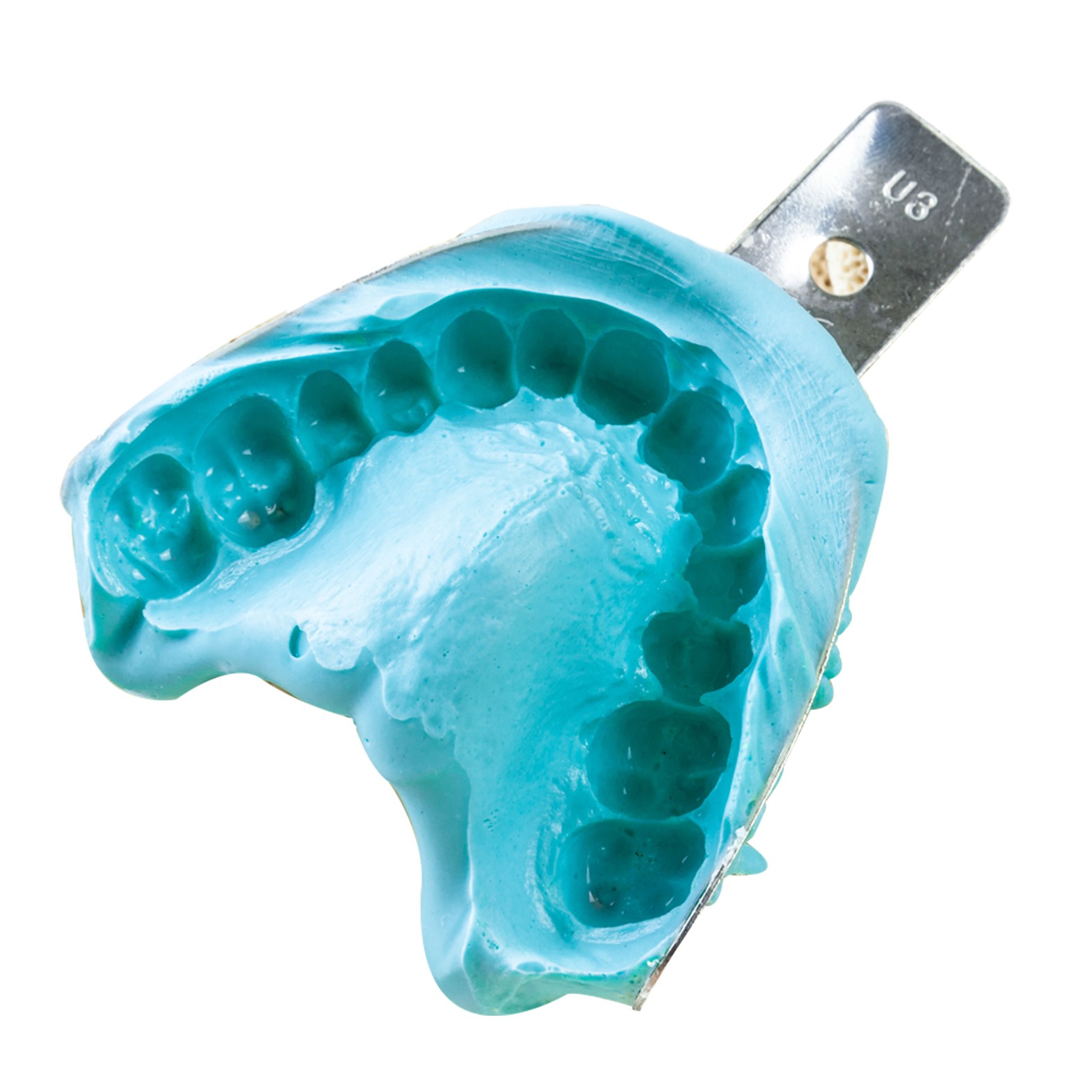

This would be a rapid reaction if a retardant was not added. When this is done a setting reaction takes place which involves the calcium ions irreversibly cross-linking the polysaccharide chains, so converting the sol into a gel. It is presented as a powder which is mixed with water.


Alginates are long polysaccharide chains derived from a marine plant (seaweed). The use of a water bath is a major drawback in relation to contamination and problems with cross infection control as such, the material is rarely used in contemporary practice.Īlginate is an irreversible hydrocolloid material whose main ingredients are sodium alginate, calcium sulphate dihydrate and inert filler particles. Whilst it is a hydrophilic material and gives an accurate impression, it suffers from a number of disadvantages, namely it is dimensionally unstable and needs to be cast up within 1 hour, it has low tear resistance, is hot and uncomfortable on insertion and requires additional equipment such as specially designed water baths, impression trays and tubing (for the water coolant). When the temperature is raised, the hydrogen bonds are broken and the gel liquefies on cooling again the gel state reforms, hence the name ‘reversible hydrocolloid’. When cool, the polysaccharide chains are linked together by hydrogen bonds between hydroxyl groups on the polysaccharide chains, resulting in the characteristic gel. It consists of long chain polysaccharide molecules and water. Agar is an example of a reversible hydrocolloid impression material.


 0 kommentar(er)
0 kommentar(er)
